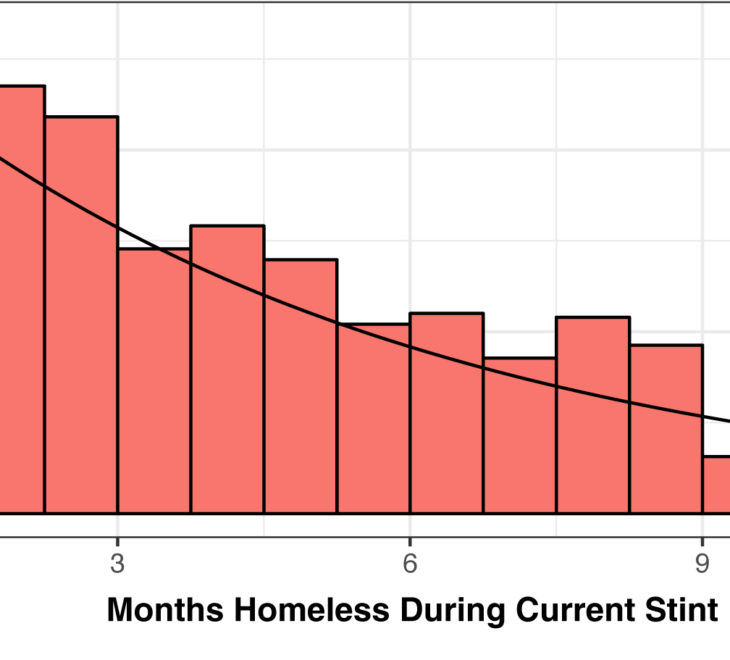Highlights
Unemployment and under-employment currently represent $25.8 billion in annual wages not earned in Los Angeles County, $28.2 billion in lost private sector economic activity and $4 billion in tax revenue not generated.
Over a fifth of Los Angeles County’s labor force is unemployed or under-employed. Over a third of the county’s population lives in a household where one or more breadwinners are under-employed. Unemployment and under-employment rates in LA peaked at the end of 2010, but remain 36 percent and 43 percent higher, respectively, than the U.S. rates. Current impacts on groups within the labor force include:
- LA’s under-employment rate for workers with a college degree is 69 percent higher than the national rate, and the unemployment rate is 65 percent higher. Job losses are greatest in Education, Professional Services, and Financial Activities.
- 32 percent of LA workers without a high school diploma are under-employed. Job losses are greatest in Construction, Personal and Repair Services, Retail Trade, Hotels and Restaurants, and Manufacturing.
- 27 percent of Latino workers in LA are under-employed. Job losses are greatest in Retail Trade, Construction, Hotels and Restaurants, Repair and Personal Services, Manufacturing, and Business Support Services.
- 32 percent of African American workers in LA are under-employed. Job losses are greatest in Retail Trade, Education, Business Support Services, and Transportation-Warehousing.
- 38 percent of workers under 25 years of age are under-employed. Job losses are greatest in Retail Trade and Hotels and Restaurants.
Each recession tests the industrial strengths of the economy, altering the number and type of jobs available in the labor market, and quite possibly the wages offered for those jobs. Four industries with a strong presence in Los Angeles that pay sustaining wages and have the capacity to export goods and services to a global market, have had significant job losses since the recession started. These industry sectors merit careful attention: Durable Manufacturing, Nondurable Manufacturing, Information excluding Motion Pictures, and Professional, Technical and Scientific Services.
The most important tools of local government for shaping the economy are indirect but very powerful over the long term, if used well. This includes decisions over the use of land, the most valuable asset in the local economy, transportation infrastructure, the most powerful tool for shaping land use, and education and training, which determine the productivity and earnings of the labor force.
The minimum requirement for effective action to strengthen the economy is an understanding of the strengths, opportunities and risks in the local economy. Not all industries are equal – some contribute much more than others do to the well-being of workers and the economy. Furthermore, industry conditions change continuously, so to act in their own economic self-interest, communities must understand the industry structure of the local economy, determine which industries strengthen the public balance sheet, and be alert to changing industry conditions.













